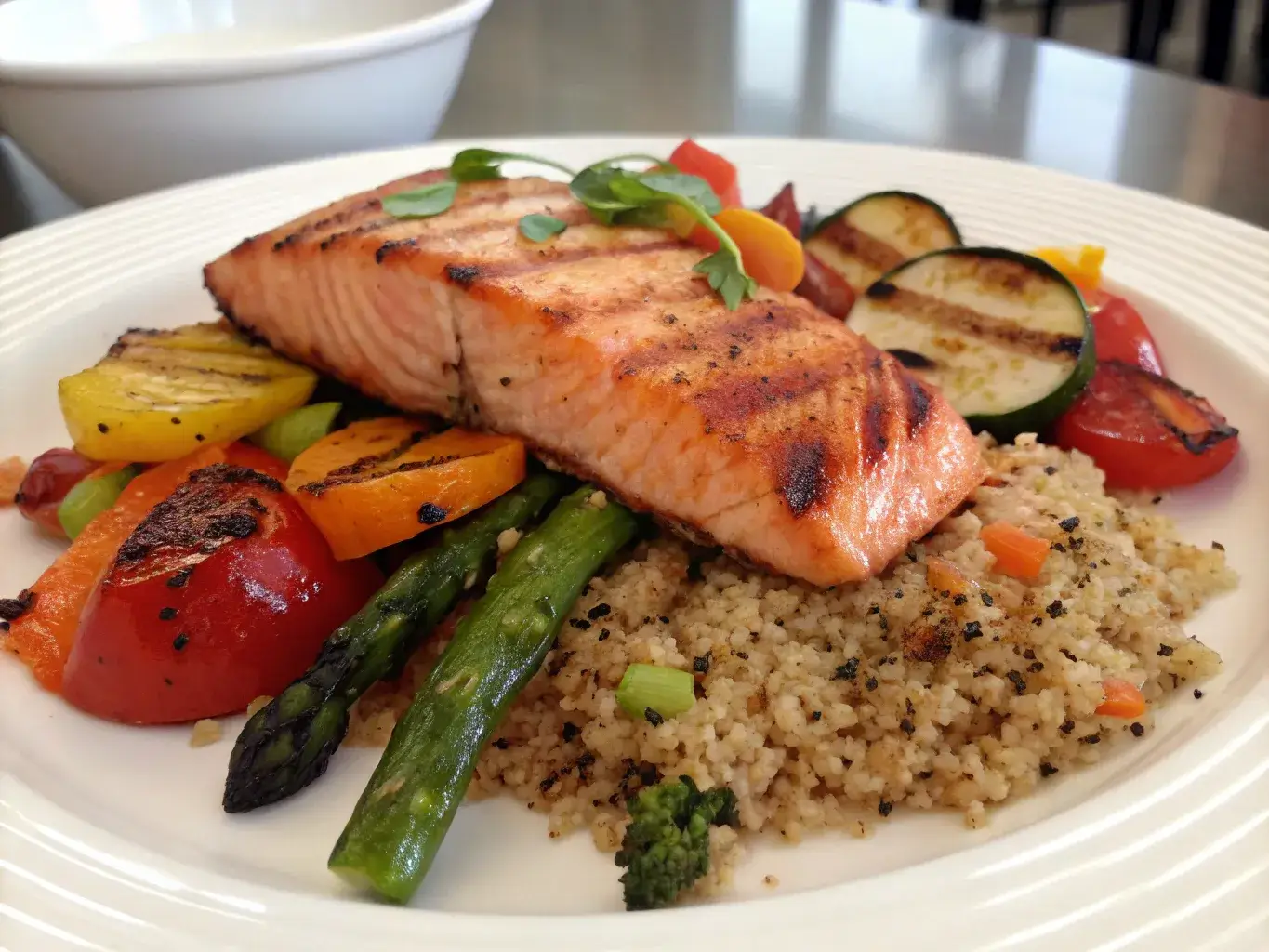The Zepbound diet plan is more than just a buzzword; it’s the blueprint for success if you’re using Zepbound (tirzepatide) to shed weight effectively and safely. While Zepbound works to suppress your appetite and regulate blood sugar, what you eat plays a critical role in how well it performs.
In this comprehensive guide, we’ll explore the best foods to eat while on Zepbound, how to create natural recipes, how many meals to eat, and how to get enough nutrients even with reduced hunger. We’ll also uncover key mistakes to avoid and how to build a long-term eating lifestyle that sticks.
Whether you’re just starting out or looking to enhance your results, this Zepbound diet plan is your go-to resource for long-term weight loss and better health.
Understanding the Zepbound Diet Plan
What is Zepbound (Tirzepatide) and How Does It Work?
Zepbound is the brand name for tirzepatide, a dual-action medication targeting GLP-1 and GIP receptors. These hormones help regulate blood sugar, insulin, and satiety. Unlike older weight loss drugs, Zepbound not only curbs appetite but also changes the way your body handles fat and energy.
- It slows down gastric emptying, keeping you full longer.
- It reduces food cravings and overall caloric intake.
- It improves insulin sensitivity, benefiting those with type 2 diabetes.
Because your hunger signals change dramatically, it’s easy to under-eat, skip nutrients, or fall into unhealthy eating patterns. That’s why following a targeted Zepbound diet plan is essential.
Why Diet Matters While Taking Zepbound for Weight Loss
Many users think Zepbound is a “magic fix,” but food choices can make or break your results. Since the medication lowers appetite, it’s vital to choose nutrient-rich meals that give your body everything it needs in smaller portions.
Our diet plays a vital role in our journey. Here’s why:
- Prevents nutrient deficiencies common with lower food intake
- Supports lean muscle mass during fat loss
- Boosts fat burning with the right macronutrient ratios
- Eating right keeps your energy steady as you adjust to fewer calories.
For best results, follow a plan rich in protein, fiber, and healthy fats, all while staying low in processed sugars and simple carbs.
Don’t miss our Gluten Free Lemon Ricotta Pancakes, a balanced breakfast that fits into a high-protein, Zepbound-friendly diet.
Core Principles of a Zepbound Diet Plan
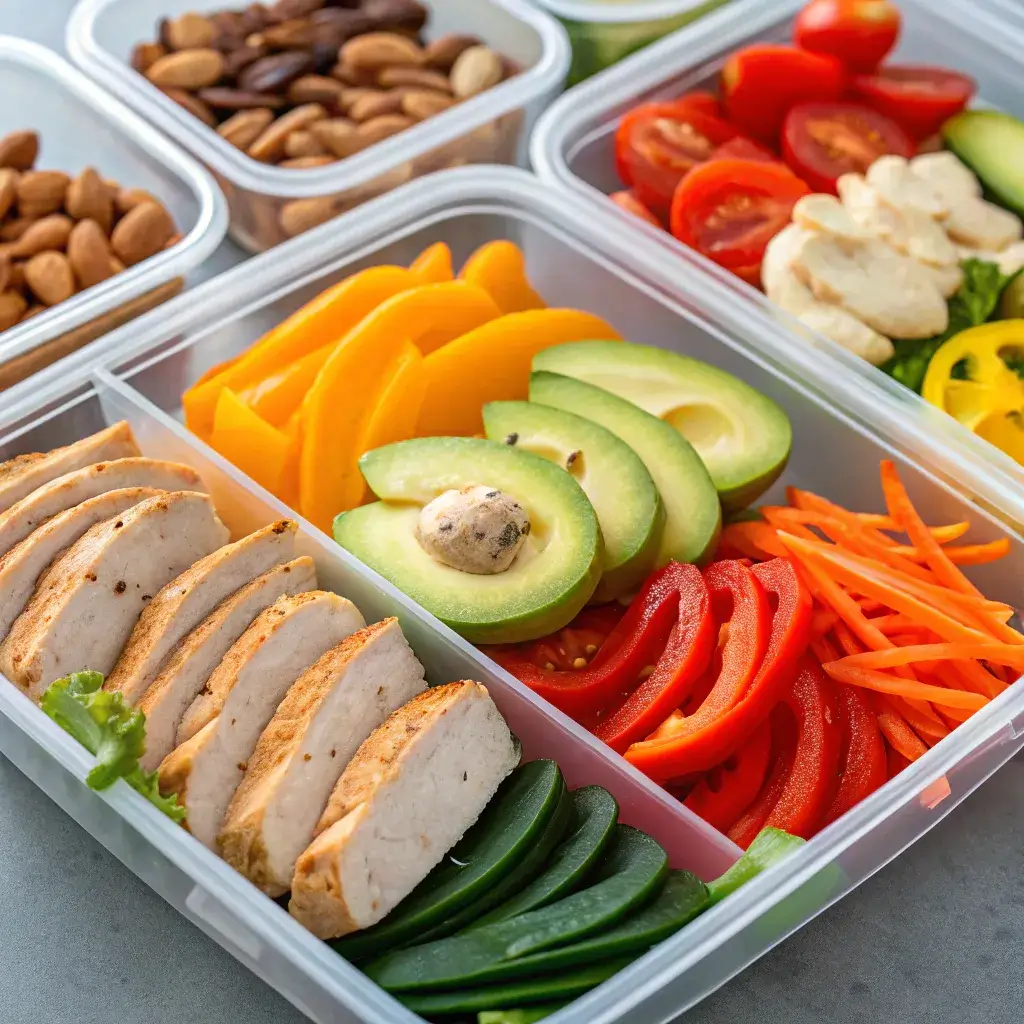
Key Nutrition Guidelines for Zepbound Users
Sticking to a structured Zepbound diet plan means more than just eating less—it’s about making each bite count. Since Zepbound lowers your appetite, you’ll need to maximize nutrition in smaller portions.
Here are the key nutrition rules to follow:
| Nutrient | Importance on Zepbound | Sources |
|---|---|---|
| Protein | Preserves lean muscle while losing fat | Chicken, tofu, Greek yogurt, eggs |
| Fiber | Promotes fullness and digestive health | Leafy greens, oats, berries, beans |
| Healthy Fats | Supports brain function and satiety | Avocados, olive oil, salmon, seeds |
| Complex Carbs | Provides steady energy | Quinoa, sweet potatoes, brown rice |
| Hydration | Helps control hunger and digestion | Water, herbal teas, electrolyte water |
Try to build every meal with a lean protein, colorful vegetables, and a smart fat or carb. This balance supports metabolic health, prevents cravings, and keeps you satisfied.
Discover great ideas like our Sugar Free Lemon Cake Sliced with Iced Glaze that works well as a light, post-meal dessert.
Zepbound Diet vs. Traditional Weight Loss Plans
So how does the Zepbound diet plan differ from regular low-calorie diets or intermittent fasting? Let’s break it down:
| Feature | Zepbound Diet Plan | Traditional Diet |
|---|---|---|
| Appetite Control | Medication-managed | Requires willpower |
| Meal Frequency | Flexible, often fewer meals | Often 3+ meals daily |
| Calorie Intake | Naturally reduced by drug | Must be manually restricted |
| Nutrient Focus | High due to low food volume | Often overlooked |
| Weight Loss Speed | Accelerated with drug support | Variable and slower |
The Zepbound plan is more hormone-aware, making nutrition density a top priority. You may feel satisfied with fewer meals per day, which is why strategic planning is more important than ever.
When compared to traditional plans, a Zepbound user has to think quality over quantity. That means every snack, every smoothie, and every forkful needs a purpose: to nourish your body while it burns fat efficiently.
Check out our Gluten Free Lemon Ricotta Pancakes, protein-packed and Zepbound-friendly for any breakfast or brunch plan.
What Should I Be Eating While on Zepbound?
Best Foods to Eat While on Zepbound Diet Plan
When following a Zepbound diet plan, your focus should be on nutrient-dense, low-calorie, high-satiety foods that give your body everything it needs without the bulk. Since Zepbound reduces appetite, meals need to be compact but powerful.
Here’s a breakdown of foods that work best:
- Lean Proteins: Crucial for fat burning and muscle maintenance
- Examples: grilled chicken breast, turkey, tempeh, eggs, and low-fat cottage cheese.
- High-Fiber Vegetables: Promote fullness, digestion, and regularity
- Examples: broccoli, spinach, kale, cauliflower, zucchini
- Complex Carbohydrates: Offer slow-releasing energy and avoid sugar crashes
- Examples: sweet potatoes, brown rice, steel-cut oats, chickpeas
- Healthy Fats: Support hormones and satiety, especially helpful with reduced intake
- Examples: olive oil, avocado, chia seeds, fatty fish like salmon
- Hydrating Foods: Keep your system running smoothly
- Examples: cucumber, watermelon, lettuce, broth-based soups
Think of each meal as an opportunity to fuel your body smarter, not heavier. With limited appetite, every ingredient must count.
Foods to Avoid on the Zepbound Diet Plan
Certain foods can undo the progress of a Zepbound diet plan by spiking blood sugar, increasing cravings, or causing gastrointestinal discomfort.
Avoid or limit the following:
- Refined Sugars & Sweets
- Pastries, candy, soda, flavored coffee drinks
- Simple Carbs & White Starches
- White bread, white rice, regular pasta, crackers
- Fried and Greasy Foods
- Can cause nausea, indigestion, and slow digestion
- Processed Packaged Snacks
- Chips, snack cakes, instant noodles – low in nutrition, high in calories
- Alcohol
- Interferes with appetite control and digestion
These foods not only lack nutritional value but can also counteract Zepbound’s hormonal benefits and make side effects worse.
Instead, opt for natural, home-cooked meals where you control what goes into your body. Homemade options give you balance, flavor, and the flexibility to meet your calorie and nutrient targets.
How to Maximize Weight Loss on Zepbound Diet Plan
Eating Habits That Support Zepbound Efficiency
While Zepbound helps reduce appetite, your habits still influence how much weight you lose. To make the most of your Zepbound diet plan, follow these simple but effective eating behaviors:
- Start meals with protein and fiber: This slows digestion and improves satiety.
- Avoid distracted eating: Focus on your plate to recognize fullness cues.
- Use smaller plates: Visually satisfying and portion-controlling.
- Don’t skip meals: Even if you’re not hungry, aim for balanced intake throughout the day.
- Eat slowly: Give your brain time to catch up with your stomach.
These behavioral changes enhance how your body responds to Zepbound and help avoid under-eating or nutrient gaps.
Physical Activity and Its Role in Weight Loss
Even though Zepbound does a lot of the heavy lifting, exercise is essential for long-term success.
- Strength training protects muscle mass while burning fat.
- Low-impact cardio like walking or cycling helps mobilize stored fat.
- Flexibility routines like yoga improve insulin sensitivity and reduce stress hormones.
Aiming for at least 30 minutes of movement 5 days per week is enough to enhance fat loss, balance blood sugar, and improve mood, all crucial for consistency.
Zepbound Meal Plan: Daily Structure
How Many Meals Should You Eat on Zepbound?
One of the most common questions on a Zepbound diet plan is: How often should I eat? The truth is, there’s no one-size-fits-all rule, but there are guidelines:
| Eating Pattern | Best For | Example |
|---|---|---|
| 3 Small Meals | Steady hunger, mild nausea | Breakfast, lunch, dinner |
| 2 Meals + 1 Snack | Reduced appetite | Brunch, early dinner + protein snack |
| Mini Meals (4–5) | Active individuals, diabetics | Smaller plates every 3 hours |
Listen to your body. If Zepbound suppresses your hunger a lot, it’s okay to eat less frequently, as long as each meal is nutrient-dense and balanced.
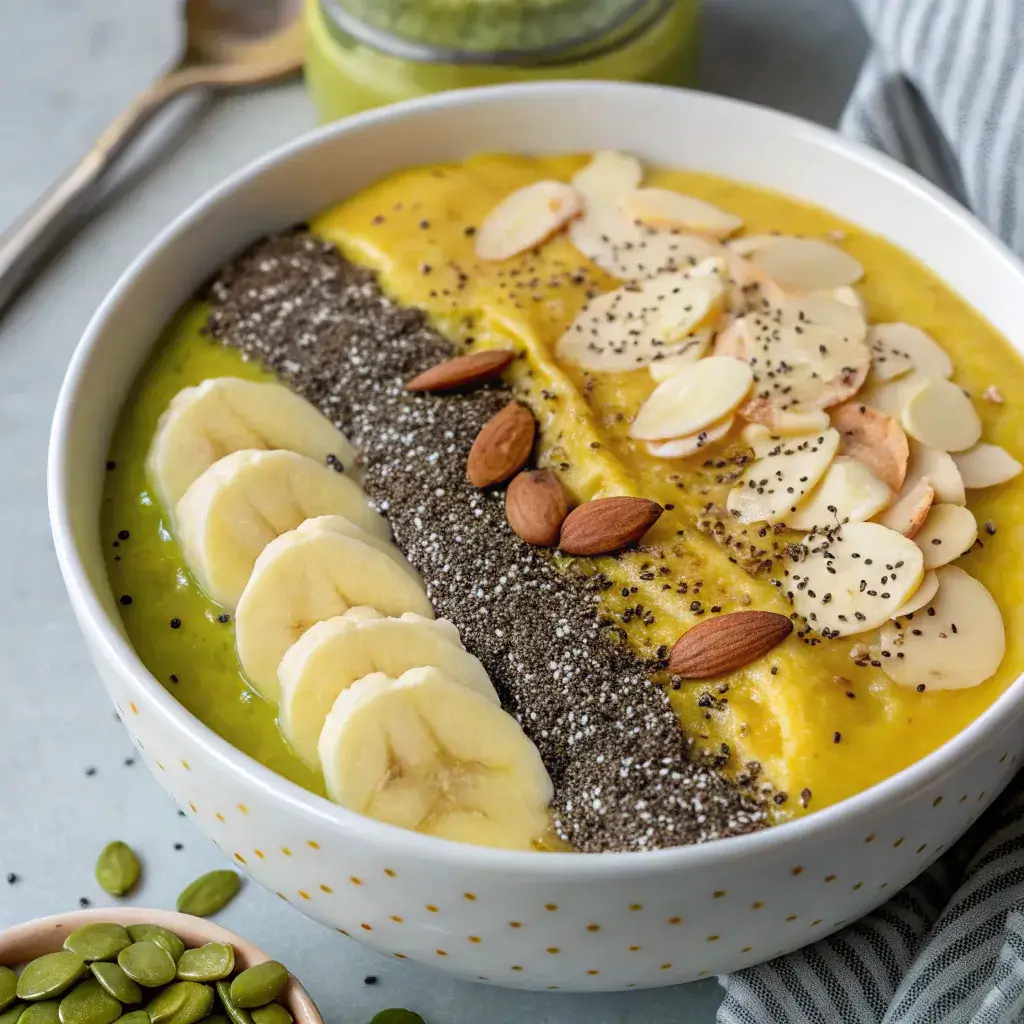
Sample One-Week Zepbound-Friendly Meal Plan
Here’s a simple starter Zepbound diet plan that’s high in protein, low in sugar, and digestion-friendly:
| Day | Breakfast | Lunch | Dinner |
|---|---|---|---|
| Mon | Greek yogurt + berries | Grilled chicken salad | Baked salmon + roasted veggies |
| Tue | Oatmeal + almond butter | Turkey lettuce wraps | Quinoa stir-fry |
| Wed | Protein smoothie | Tuna-avocado bowl | Cauliflower rice curry |
| Thu | Scrambled eggs + spinach | Zucchini noodles + tofu | Beef + veggie soup |
| Fri | Cottage cheese + fruit | Shrimp quinoa bowl | Broccoli frittata |
| Sat | Chia seed pudding | Chicken veggie wrap | Grilled cod + asparagus |
| Sun | Boiled eggs + green smoothie | Chickpea salad | Stuffed peppers |
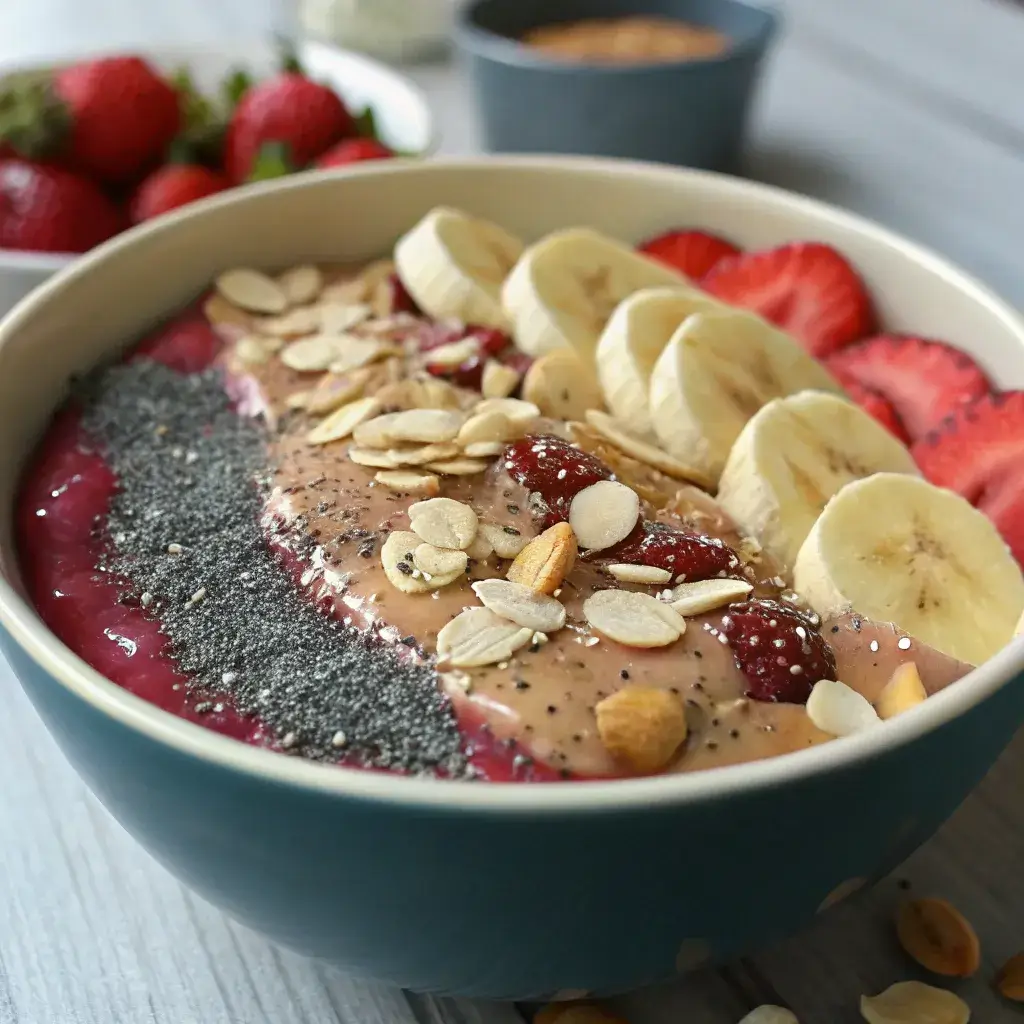
Creating Natural Recipes for Zepbound Diet Plan
How to Make a Natural Zepbound-Friendly Recipe
Natural recipes are a game-changer on a Zepbound diet plan because they give you control over ingredients, macros, and calories. Here’s a simple formula to build your own recipes:
- Pick a lean protein (grilled chicken, tofu, tempeh)
- Add high-fiber veggies (kale, broccoli, bell peppers)
- Include healthy fats (olive oil drizzle, avocado, nuts)
- Optional smart carbs (quinoa, lentils, brown rice)
- Flavor with herbs and spices, not sugar or sauces
Make use of air-frying, baking, grilling, or steaming to keep recipes healthy and light on oil.
Ingredients to Include for Optimal Nutrition
Some pantry staples and fridge items every Zepbound user should keep stocked include:
- Canned tuna/salmon: quick, protein-rich options
- Pre-washed salad mixes: easy base for meals
- Chia seeds: fiber + omega-3s
- Eggs: budget-friendly and versatile
- Plain Greek yogurt: probiotic + protein
- Nut butters: healthy fats, energy-dense
- Frozen berries: low-glycemic and high in antioxidants
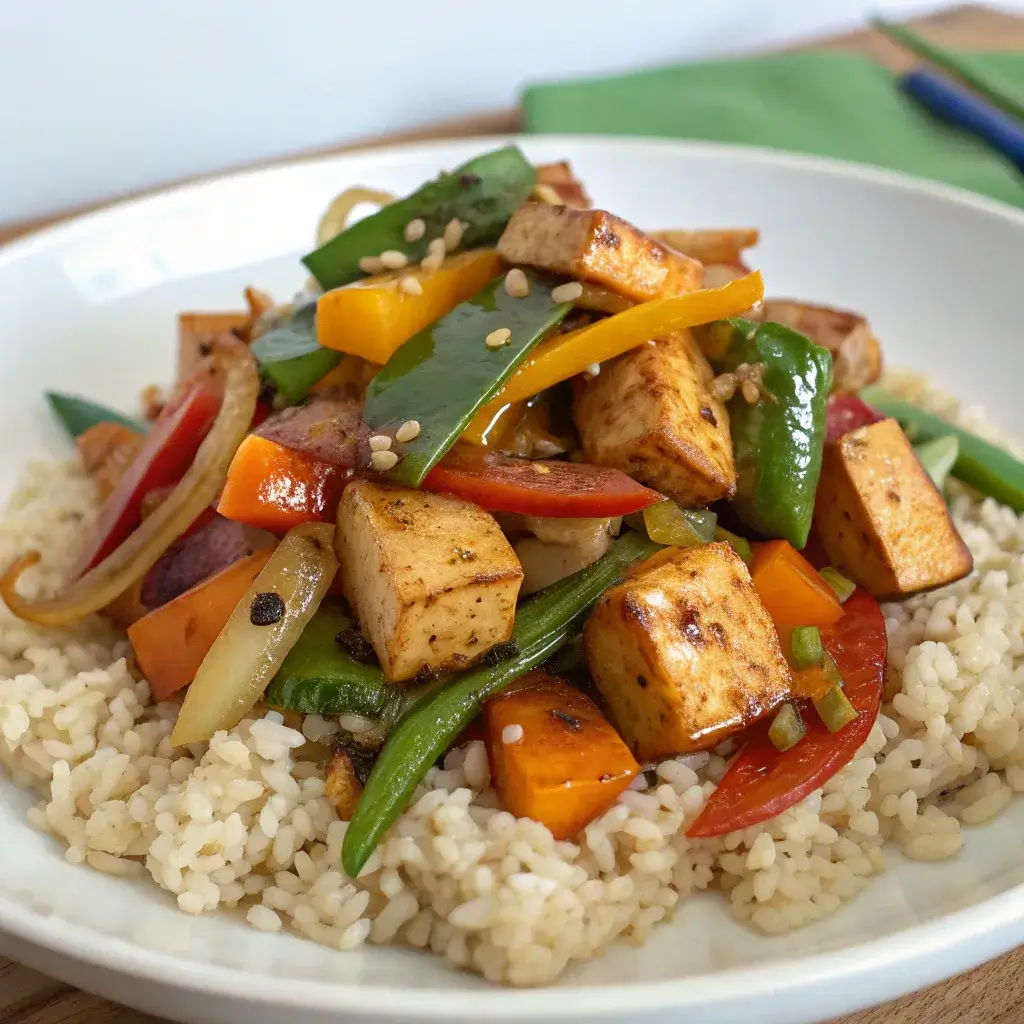
These ingredients help you whip up fast, natural meals that match your Zepbound nutritional goals without overloading on calories or sugar.
Eating Enough While on Zepbound Diet Plan
How to Meet Nutrient Needs with a Smaller Appetite
One of the most common challenges of the Zepbound diet plan is simply eating enough. With your hunger hormones suppressed, you may feel full after just a few bites, which can lead to nutritional gaps if you’re not careful.
Here’s how to stay nourished despite the loss of appetite:
- Prioritize calorie-dense whole foods
- Boost your dishes with avocado, nuts, olive oil, or nut butter!
- Use smoothies strategically
- Blend Greek yogurt, chia seeds, berries, and almond milk for a nutrient-dense drink
- Go for mini-meals if needed
- Eating 4–5 times a day in smaller portions can make food more manageable
- Start the day with protein
- A solid breakfast sets the tone for steady energy and nutrient intake
The goal isn’t to force large meals but to ensure each bite counts toward your daily protein, fiber, and micronutrient needs.
Tips to Boost Caloric Intake Without Overeating
Boosting intake without triggering nausea or fullness is all about smart ingredients:
- Add healthy fats: 1 tablespoon of olive oil = 120 calories without volume
- Choose full-fat dairy for a richer, more satisfying option that also boosts calories.
- Use seed/nut toppings: Sprinkle flaxseed, hemp, or pumpkin seeds on meals
- Snack intentionally: Hard-boiled eggs, trail mix, or hummus with veggie sticks
These minor adjustments help you compactly increase calories, so your body stays fueled, even when you’re not hungry.
Common Mistakes to Avoid on a Zepbound Diet
Top Eating Errors That Slow Progress
Despite Zepbound’s powerful support, there are a few dietary missteps that can stall or even reverse your progress. These include:
- Eating too little
- Under-fueling can slow your metabolism and cause fatigue
- Choosing low-protein meals
- Muscle mass loss is a major risk without protein
- Relying on processed “diet” foods
- Be mindful of refined carbs and sugars they can trigger cravings, spike blood sugar, and disrupt gut health.
- Skipping hydration
- Water helps regulate digestion and fat metabolism
A successful Zepbound diet plan avoids extremes no starving, no sugar binges, just consistent, nutrient-rich meals.
How to Fix and Avoid These Diet Pitfalls
Here’s how to course-correct if your results have plateaued:
| Mistake | Fix |
|---|---|
| Eating too little | Add smoothies, healthy fats, or calorie-dense snacks |
| Not tracking meals | Use a food journal or app for better awareness |
| Skipping protein | Make it the center of every meal |
| Poor hydration | Set reminders and use flavored water or electrolyte drinks |
| Bored of meals | Rotate recipes weekly to stay engaged |
Long-Term Success and Lifestyle Integration
Maintaining Weight Loss After Zepbound
Once you’ve achieved your goal weight, staying there is where the real work begins. Fortunately, a well-established Zepbound diet plan can evolve into a long-term lifestyle by focusing on consistency over intensity.
Here’s how to transition off the medication without regaining weight:
- Continue prioritizing protein and fiber
- Stick to a regular eating schedule even without the appetite suppression
- Keep moving, physical activity keeps your metabolism active
- Weighing in weekly helps you catch small changes early and adjust before they become bigger trends.
- Meal prep to avoid impulsive or emotional eating
Zepbound can help reset your relationship with food. Use that momentum to build sustainable habits instead of falling back into old cycles.
How to Turn the Zepbound Diet Into a Sustainable Lifestyle
Instead of thinking of it as a short-term fix, your Zepbound diet plan should evolve into a framework for lifelong wellness. Here’s what that might look like:
- 80/20 Rule: Eat clean 80% of the time, indulge moderately 20%
- Mindful eating: Focus on hunger cues, taste, and satisfaction
- Flexible variety: Rotate in new whole foods and recipes
- Ongoing education: Stay updated on nutrition and metabolism science
- Community support: Join a group or find an accountability partner
These shifts prevent relapse and create a sustainable, enjoyable lifestyle that maintains your weight and keeps your energy high.
Frequently Asked Questions
Don’t miss our flavorful Carnivore Diet Desserts if you’re craving something sweet without blowing your plan. Just remember to moderate your intake.
What should I be eating while on Zepbound?
Focus on high-protein, high-fiber foods like lean meats, eggs, legumes, vegetables, and healthy fats. Avoid sugars, refined carbs, and greasy foods. Meals should be balanced but smaller in portion.
How to maximize weight loss on Zepbound?
Stick to a structured eating schedule, hydrate, incorporate physical activity, and avoid skipping meals. Prioritize nutrient-dense foods and avoid processed junk. Track your progress and adjust as needed.
How to make Zepbound diet plan natural recipe?
Start with lean protein, add colorful veggies, a healthy fat source like avocado or olive oil, and limit added sugars or artificial sauces. Use natural herbs and spices for flavor. Prep in batches to simplify the week.
How many meals a day should I eat on Zepbound?
Most users thrive on 2–3 small meals per day, possibly with one snack. The key is nutrient density. Don’t force large meals; eat based on hunger cues while hitting protein and fiber goals.
How to eat enough on Zepbound?
Use calorie-dense but healthy ingredients like full-fat yogurt, nuts, seeds, and smoothies. Eat more frequently in smaller portions if large meals feel uncomfortable. Don’t skip meals, even with reduced hunger.

